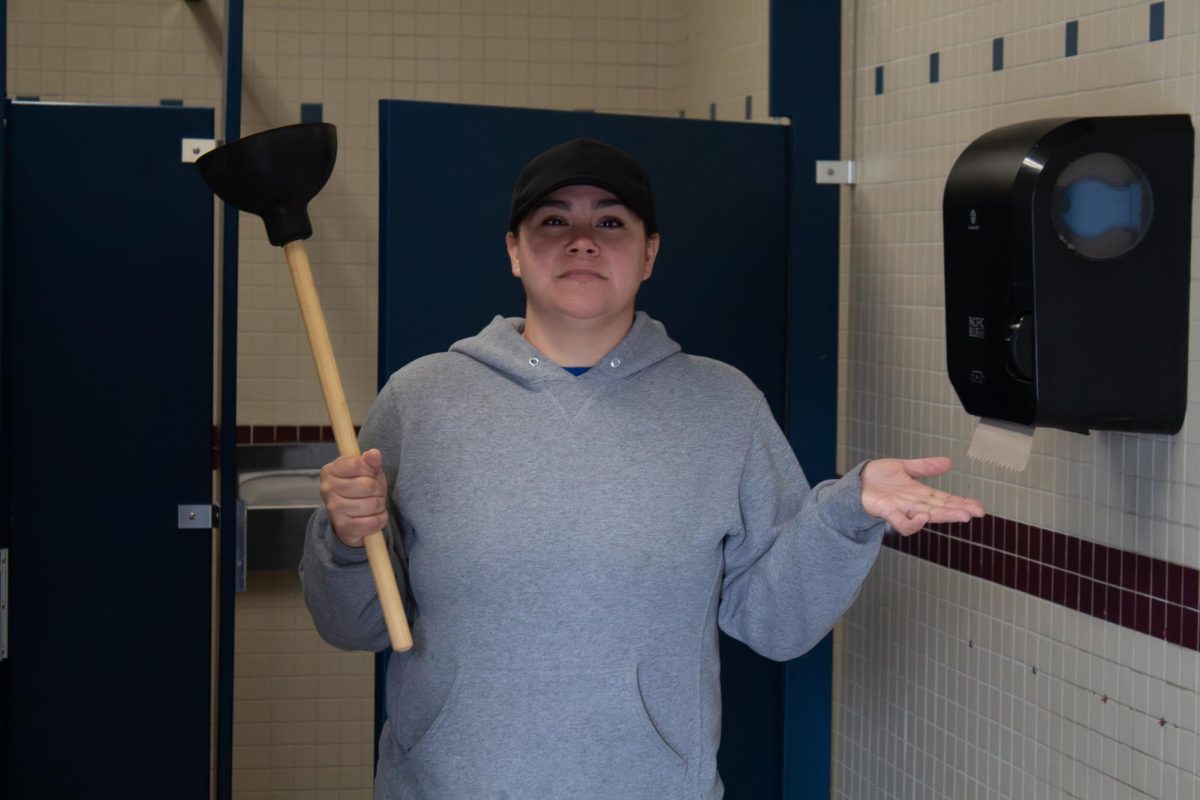The Midterms
The Blue Wave
November 28, 2018
For the past few months there has been a push for the “Blue Wave,” but what is the “Blue Wave”? It was a campaign by the Democratic party to win as many House of Representatives seats as possible and win the majority of Senate seats.
The Democratic party won a good portion of seats, so the push was successful, but was it necessarily a wave? Well, the Democratic party won 32 House seats but lost two Senate seats. They definitely campaigned well enough to give them the majority.
This year was the third largest shift in 40 years, the first was the 2010 shift of the Democratic party losing 63 House and nine Senate seats, under former President Obama. The second was in 1994, under former President Clinton, losing 54 House and nine Senate seats.
The highlights of the Midterm are Arizona, Texas and Florida. Arizona was thought to be an accountable Republican state, but that was flipped for this midterm. Kyrsten Sinema (D) won by 1.7 percent or around 47,000 votes. This is the first time in 30 years that Arizona has had a Democrat in senate.
Texas was a close race with Democrat Beto O’Rourke and Republican Ted Cruz. O’Rourke raised over $70 million compared to Cruz’s $33.4 million. O’Rourke made the race a nail biter and only lost by 2.6 percent or 219,427 votes.
Florida was an extremely close race, every vote mattered. A recount was demanded but wasn’t completed in time for it to count. It was missed by three minutes. The race was between Republican Rick Scott and Democrat Bill Nelson. Florida was previously voted blue but was flipped when Scott won by .2 percent or 12,603 votes.
Democrats took over the house but Republicans still have the Senate. There was a blue wave but also a red wave.
The voter turnout was immense, more than 110 million voted, a 50 year high. More than 47 percent of the voting eligible population cast a ballot. More Americans are getting involved with their country and trying to have a voice in what happens to them.



















Fiona Par-Skultety • Nov 29, 2018 at 2:22 pm
This year was the third largest shift in 40 years, the first was the 2010 shift of the Democratic party losing 63 House and nine Senate seats, under former President Obama. The second was in 1994, under former President Clinton, losing 54 House and nine Senate seats.
Wow that is something new i just learned. Keep up the good work.